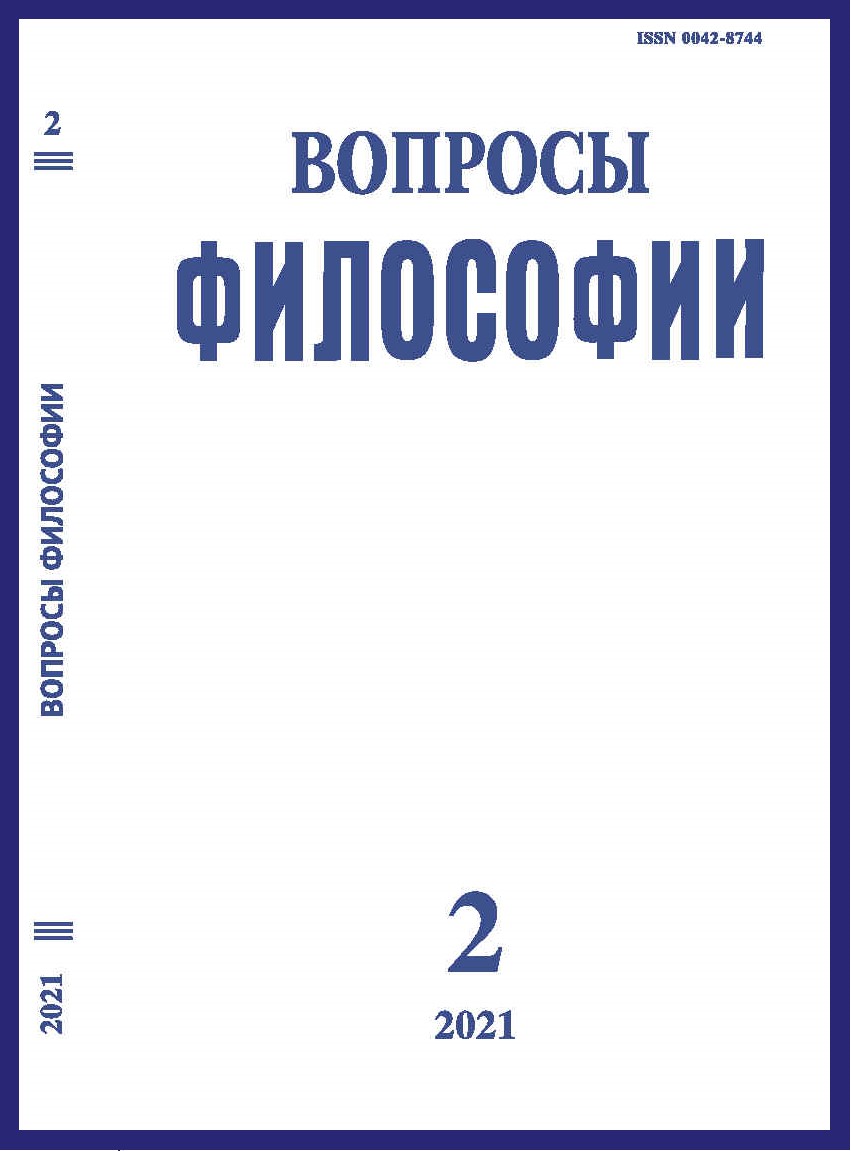Konjaku Monogatari-shūin the History of Japanese Religious Philosophy
DOI:
https://doi.org/10.21146/0042-8744-2021-2-154-164Keywords:
Japanese Buddhism, setsuwa didactic tales, Konjaku monogatari-shu, inconstancy, cause-and-effect relationships, liberation, measure, time, memory, traditionAbstract
The article summarizes the results of the historical and philosophical research “Collection of ancient stories” (Konjaku monogatari-shū, 1120s). This largest Japanese collection of setsuwa tales paints a picture of world history from the era of Buddha to the age of mappō, “Decline of Buddhist Teaching”, tracing the milestones in the spread of Buddhism in India, China and Japan. The two most important Buddhist attitudes – the world is impermanent and at the same time each event is embedded into a universal system of cause-and-effect relationships – are reflected not only at the level of the content of an individual story, but also at the level of connecting stories into a holistic narrative. All events have instructive educative? meaning; everyday experience always leads to the same conclusions as the teachings of Buddha. In this experience, a person inevitably makes some connections – with other people, living and dead, with animals and spirits, gods and buddhas – and these connections involving this person in the cycle of birth and death, if properly understood, provide the basis for liberation. The narrator draws a line between a proper and an inappropriate understanding of what is happening, talking about the “immeasurable” (grief, joy, fear, etc.), and thus allows the readers to find the “measure”, kagiri, in their relation to what is happening. The march of time can be understood both as a general movement from the best to the worst, and – on small intervals – as a reverse movement from grief to happiness, from misunderstanding to understanding. A person is free to choose which events to keep in memory and which to forget; people make this choice whilst instructive storytelling, and setsuwa tradition preserves it.

